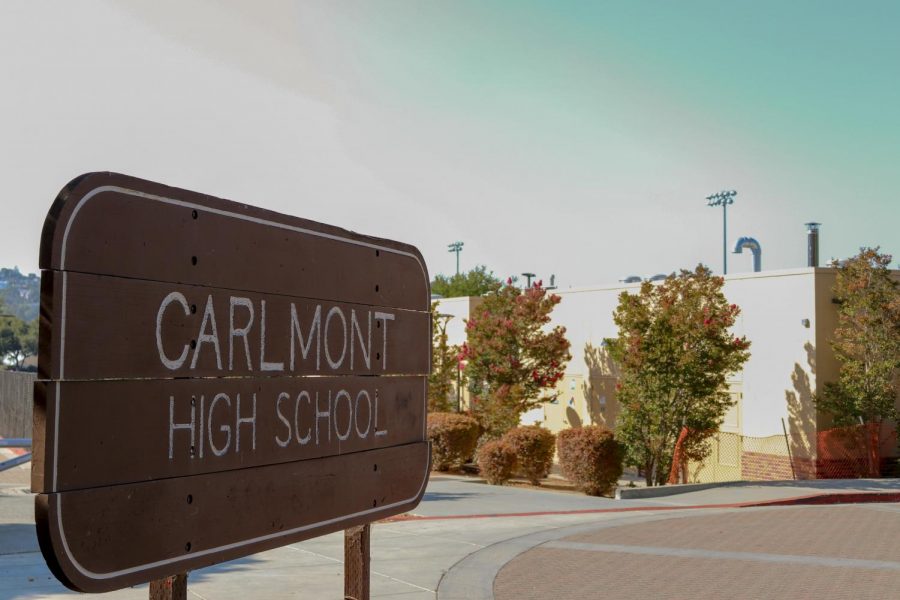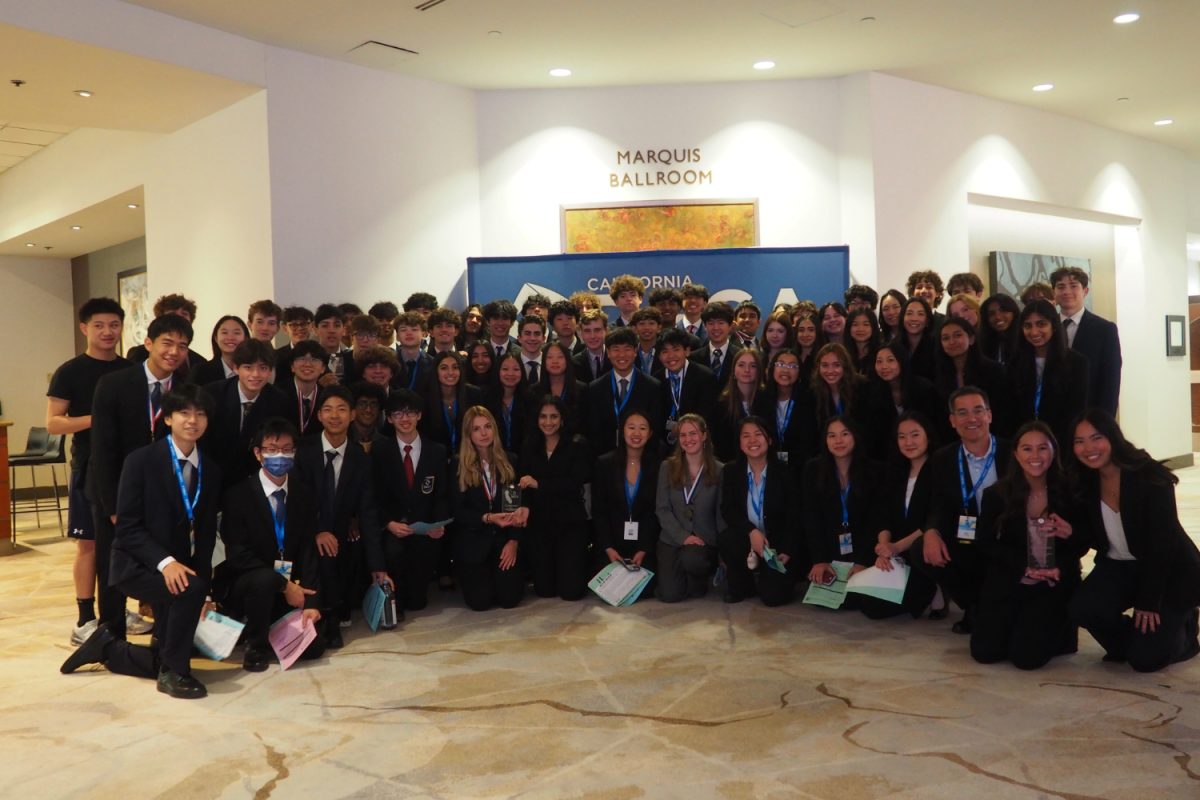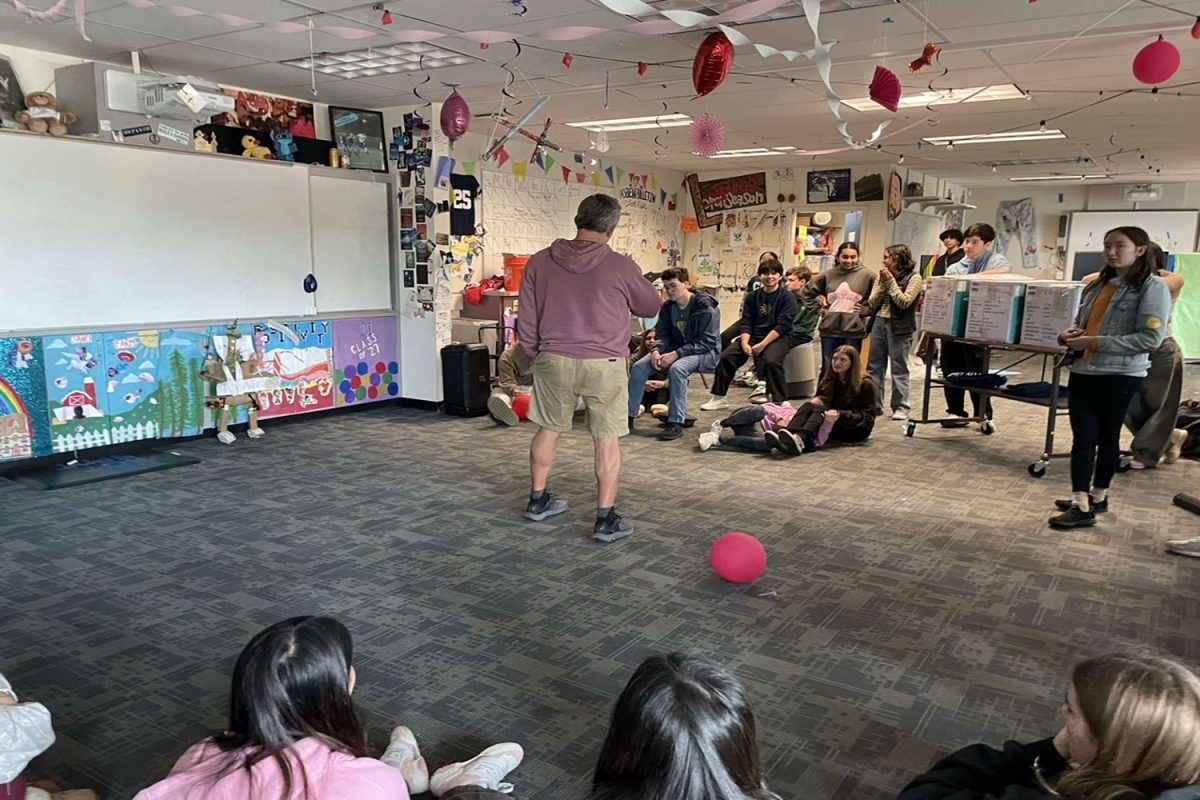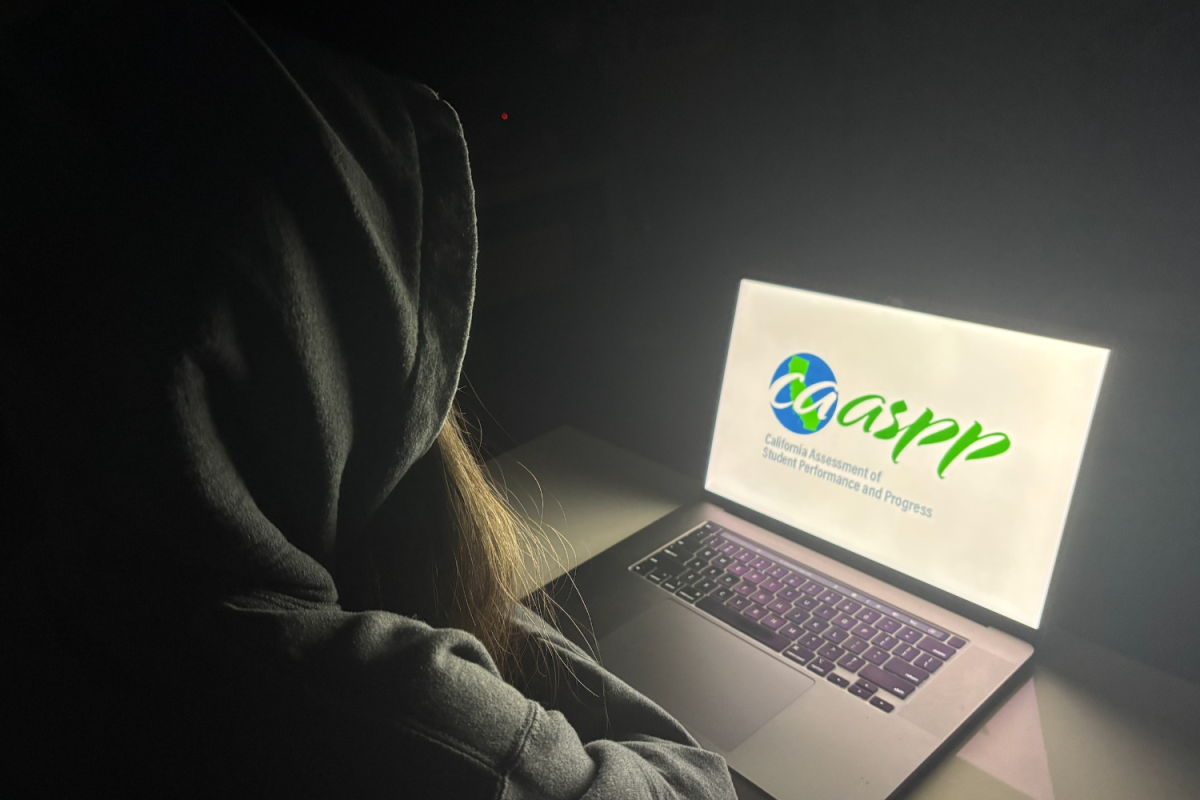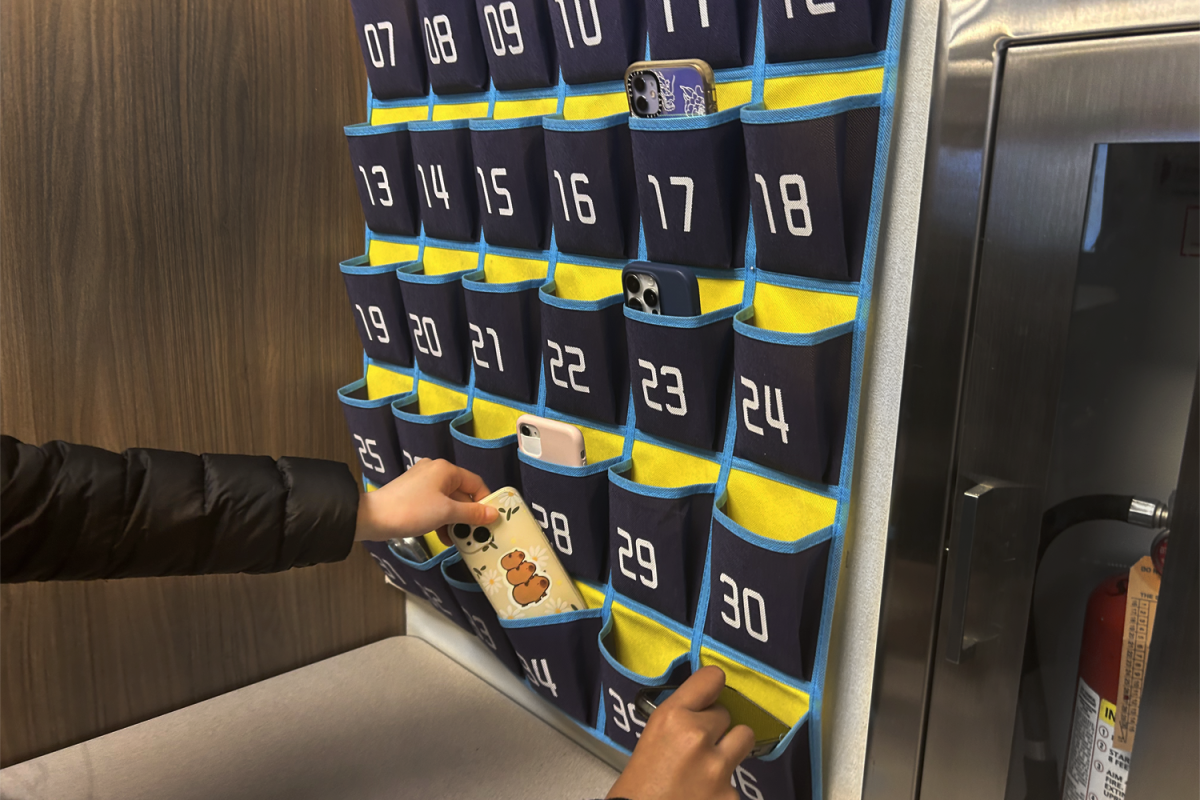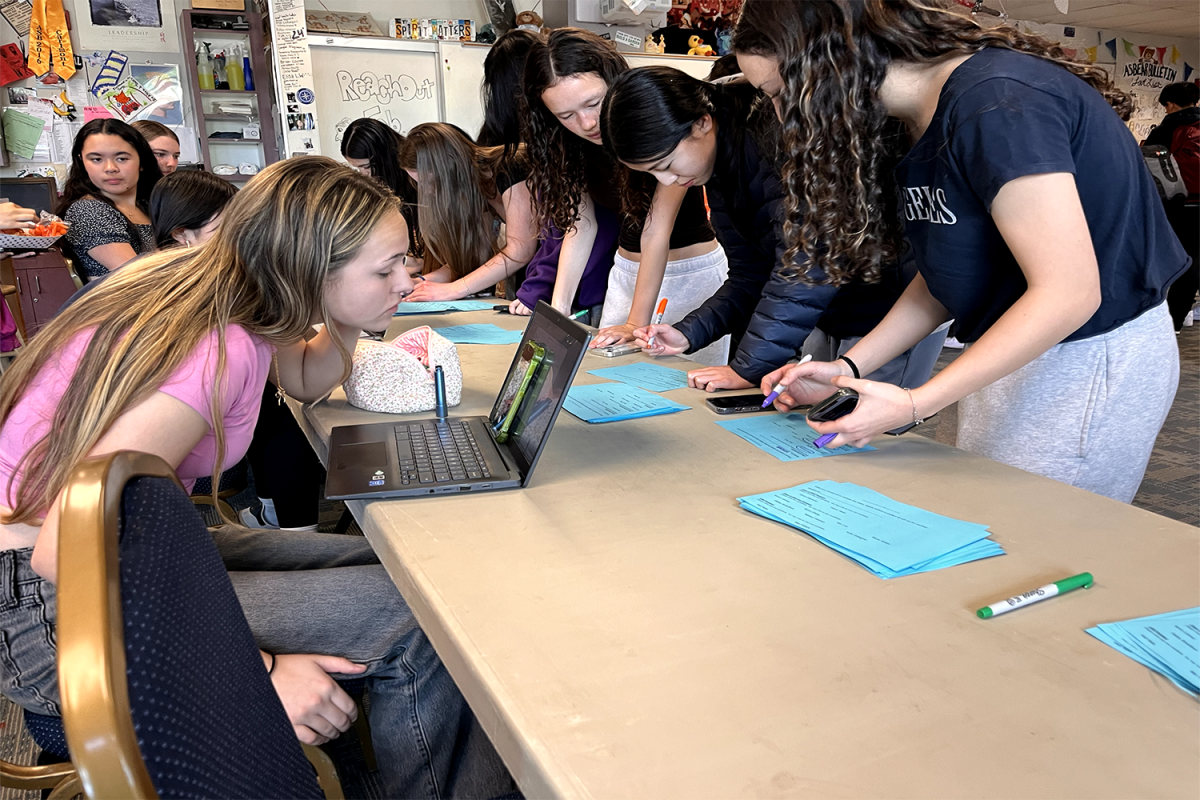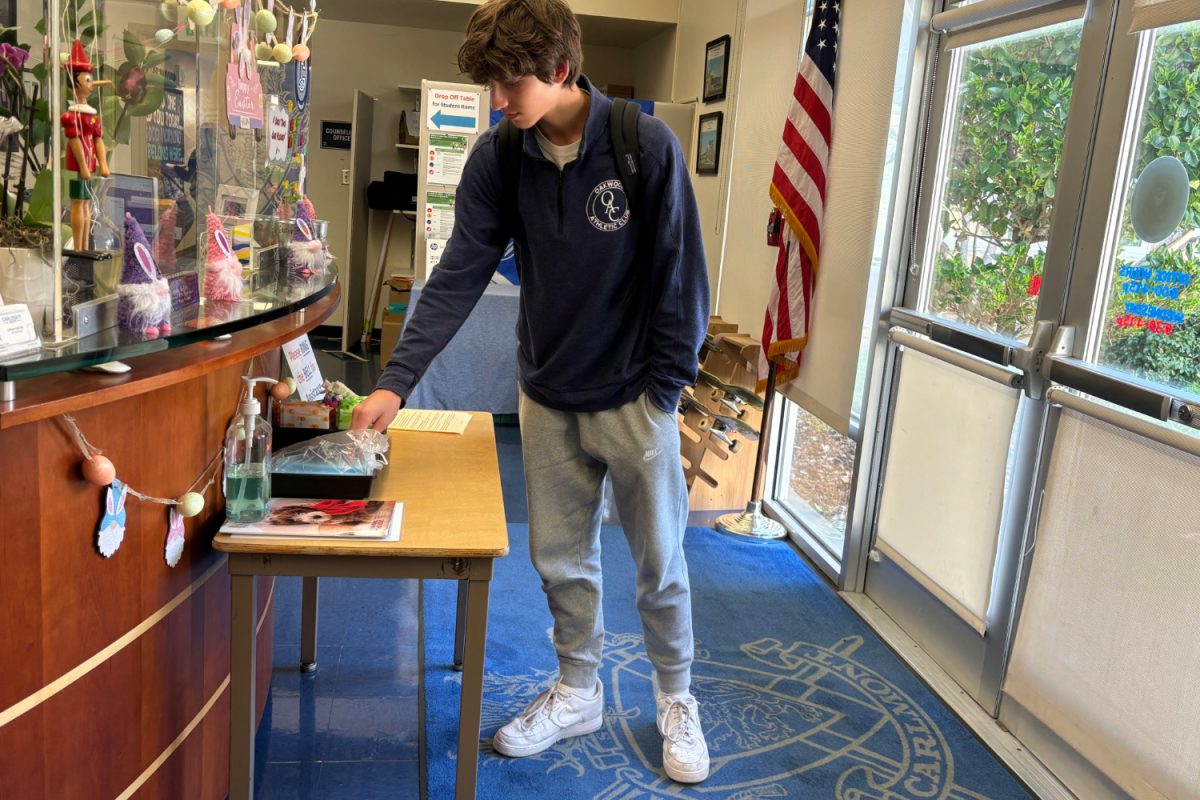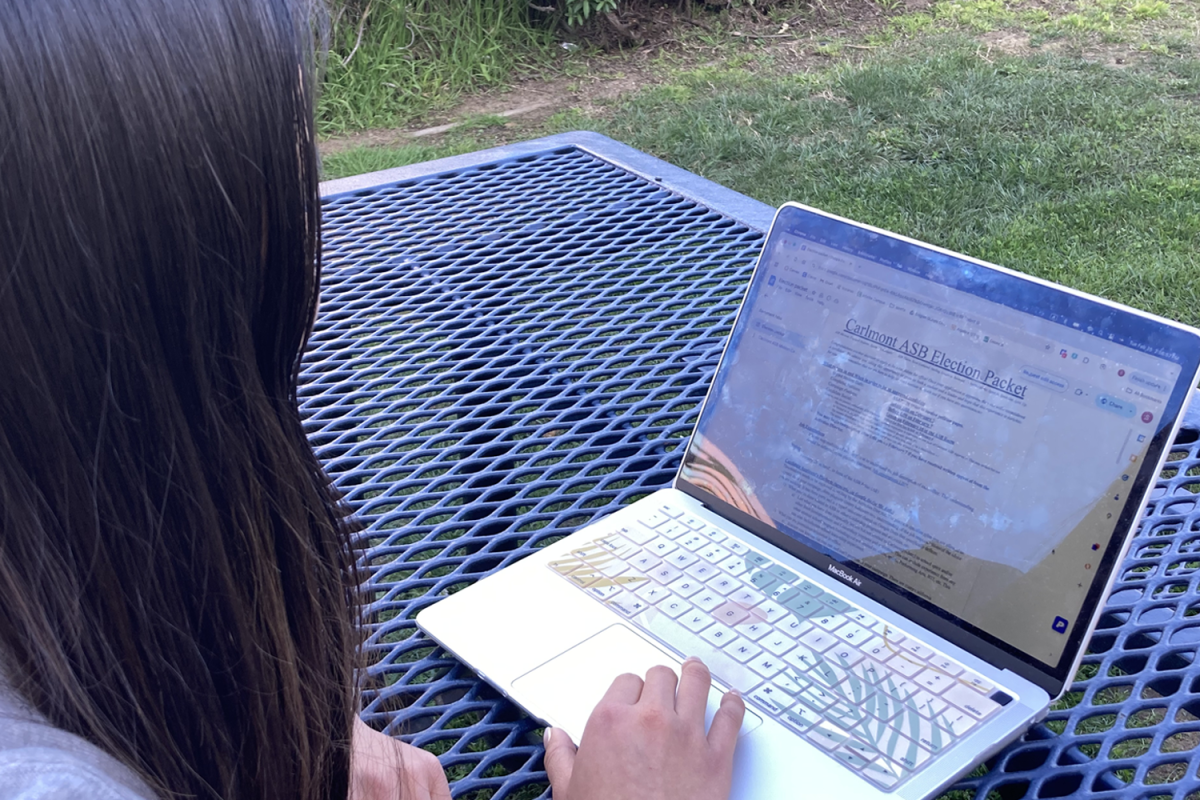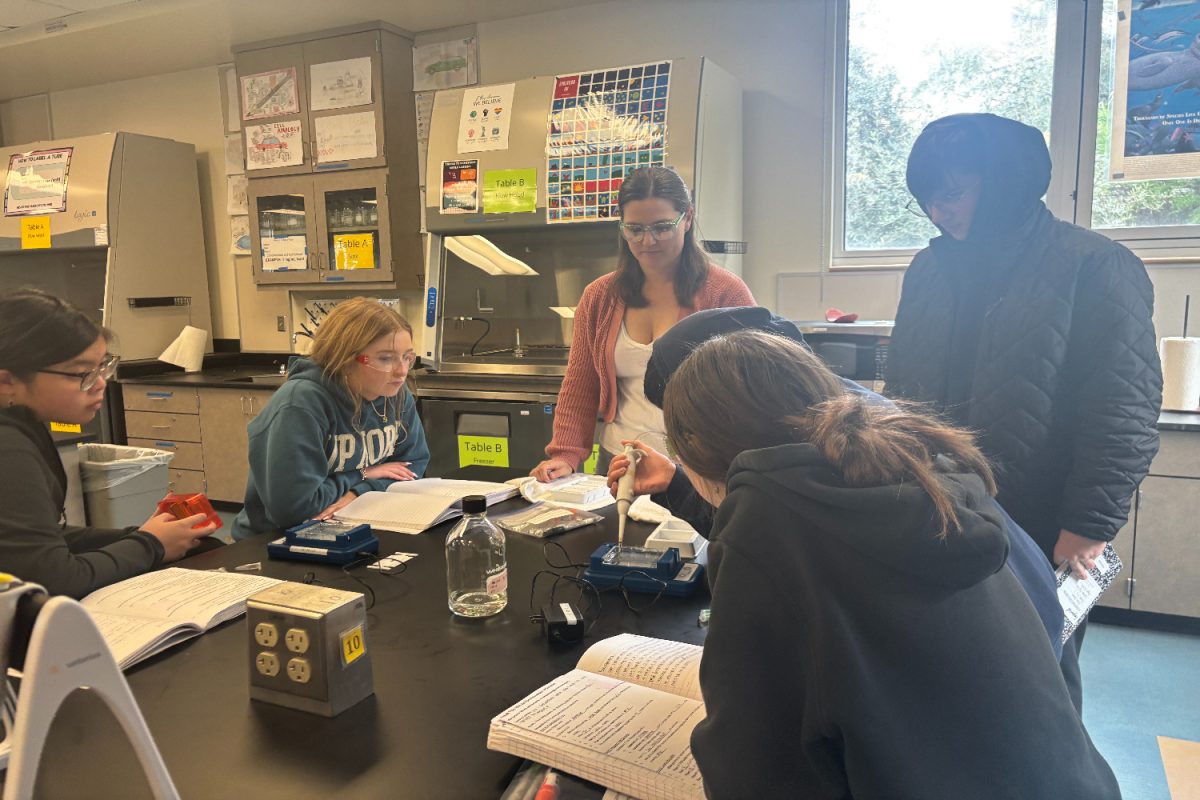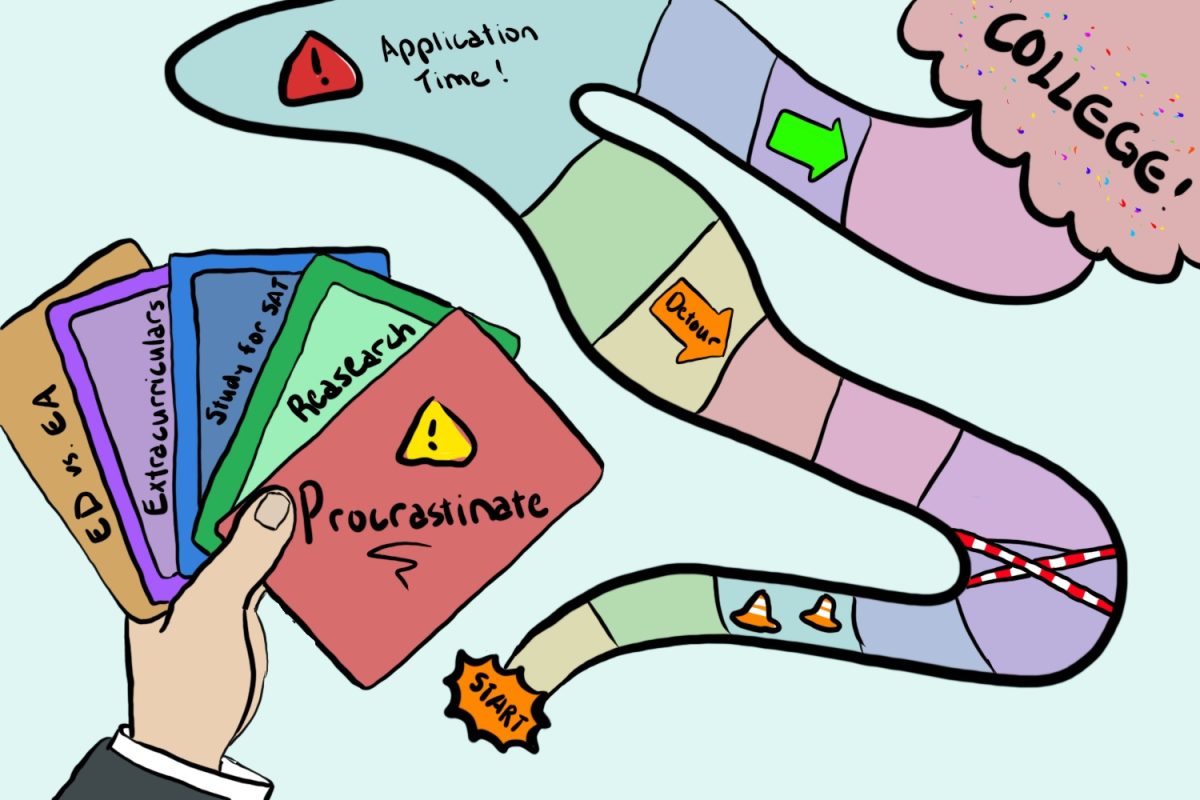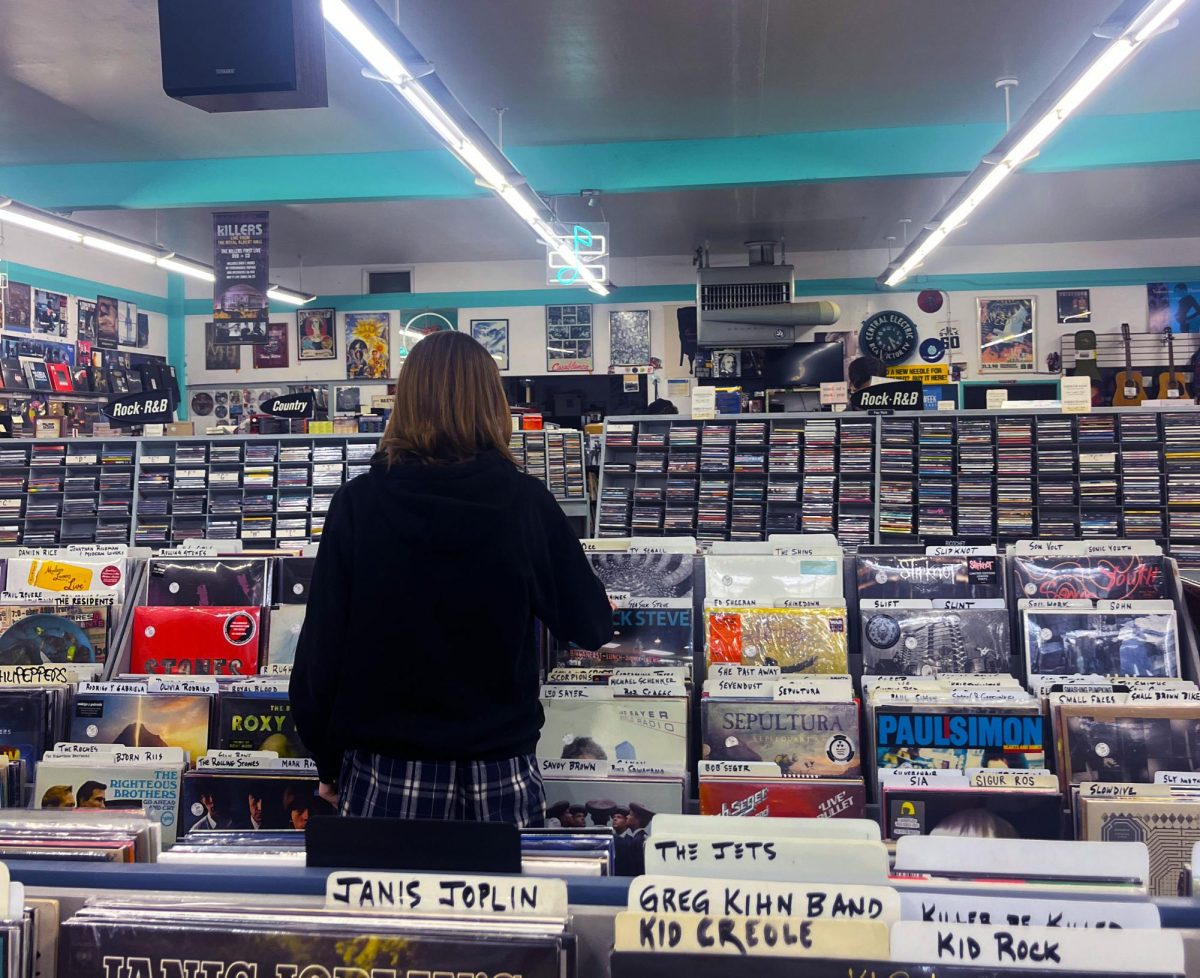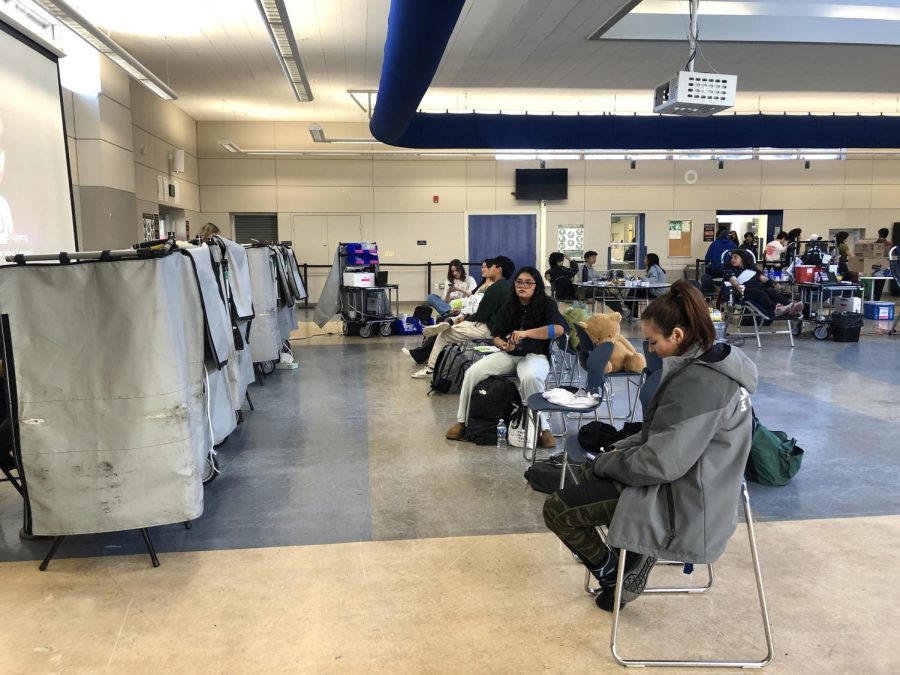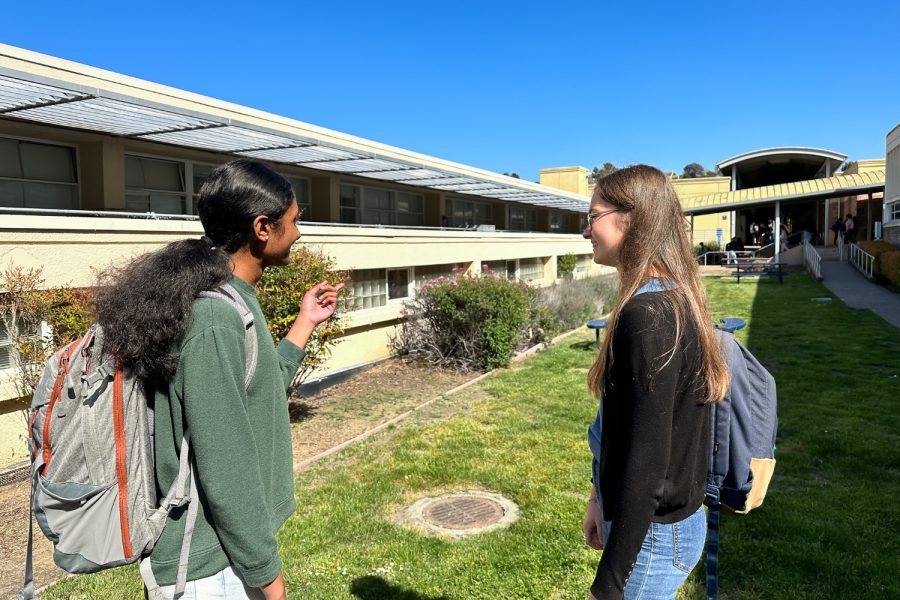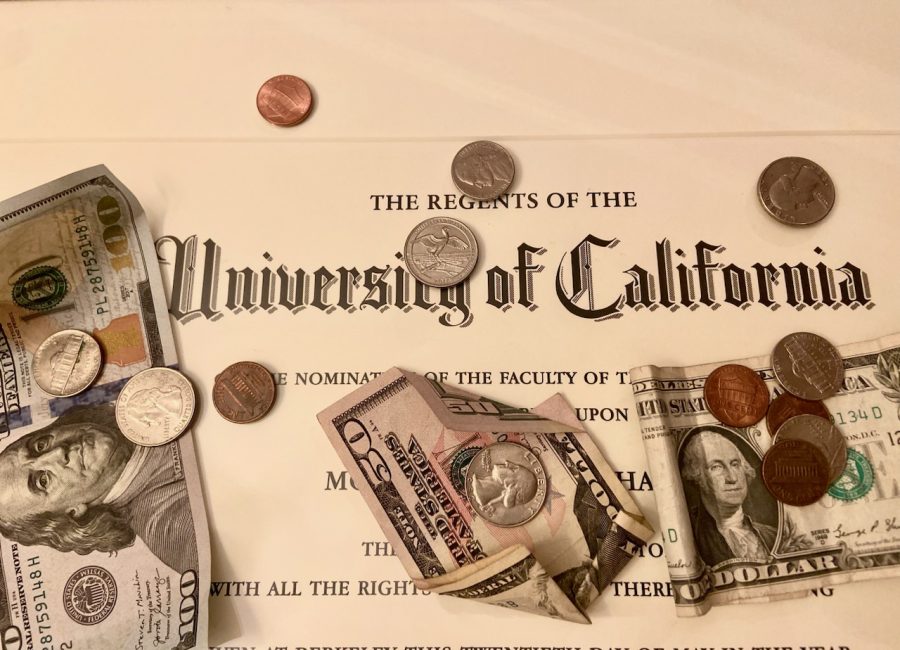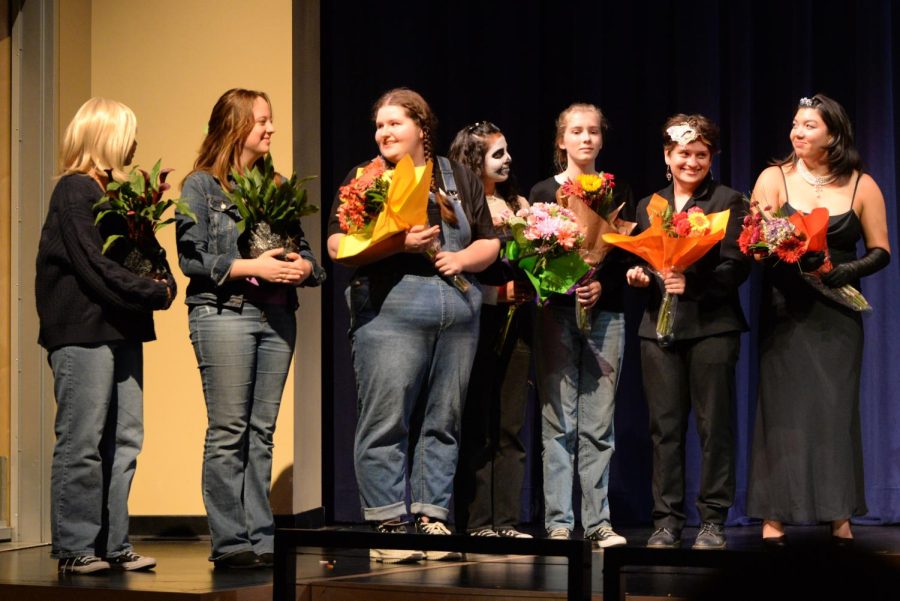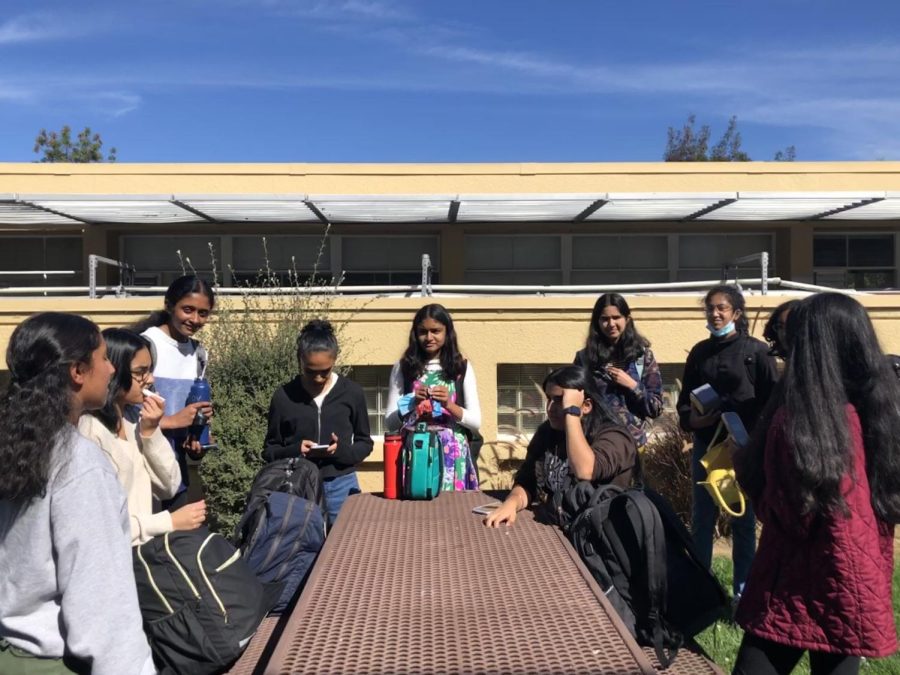If Carlmont chooses to return to in-person learning, administrators and teachers must solve the never-ending challenges the current pandemic presents.
Before the pandemic, the Carlmont Academic Foundation (CAF) determined the budget for instructional supplies for teachers to use in their classes. These include the science lab materials replenished each year, additional books and textbooks that teachers use to enhance their curriculum, and art supplies. CAF also supports the Academic Success Center, the after school tutoring program, by funding the extra hours for teachers working it.
With the introduction of COVID-19, typical budget allotments changed for Carlmont. Working closely with CAF, Principal Ralph Crame came up with the COVID-19 Emergency Fund to look at some of the expenses that are not used during distance learning and reallocate them to provide students and teachers with any technological or personnel needs.
For students to return to Carlmont for in-person learning, this fund would have to follow San Mateo County’s policies implemented during the pandemic.
Not only would the funds have to work within the framework the county provides upon returning, but the students and staff would also need to follow new regulations to lessen the chance of exposure.
“There is a framework for the pandemic recovery that was put out by the San Mateo County Office of Education. We have to make sure that we are abiding by all the safety and health guidelines,” Crame said.
These policies are beginning to form as the administration incorporates a new system of bringing in cohorts of specific students lacking online participation. In addition to the students who are not participating in school, the administration runs data on students who have a D or F in multiple classes. These students will also be invited to the school by the administration, hopefully starting Oct. 19, where they will receive support.
To help make Carlmont as safe of an environment as possible, the District Office has provided the school with protective supplies for students and teachers.
“The Purchasing Department at the District Office has done a phenomenal job making sure they have secured the needed personal protective equipment, whether that is masks, dividers, or cleaning supplies. They have also done a great job at reaching out to all their sources to make sure that we have what we need on-site,” Crame said.
Some teachers have varying ideas on tackling different challenges that may come with returning to in-person learning. Many have to think of ways to modify their typical in-person teaching methods to minimize the spread of COVID-19, including devising new ways to reduce exposure to other students. For Sara Shayesteh, an AP Bio teacher, this means changing supplies and experiments to restrict shared surfaces and materials.
“I will rethink some of my labs and materials so that students are not in contact with one another. I am also curious if students will have to bring in their own devices, whether that is their own computers or the schools issued Chromebooks, instead of using a shared Chromebook cart,” Shayesteh said.
Besides changing policies in the classroom, others are also advocating for health checks upon entering the campus.
Although this may be challenging to have all the entrances on campus covered for checkpoints, Andrew Ghazouli, a junior, thinks it is critical to have temperature checks to decrease the virus’s chances of spreading.
“Carlmont should definitely have temperature checks. Although it might not be the most effective way to tell if someone has COVID-19, it may prevent one person with the virus from spreading it to all who are healthy on campus,” Ghazouli said.
Reintegrating into in-person learning comes with its own set of difficulties and challenges. New policies will be introduced, and these changes will be a significant adjustment for many. However, with the collaboration of the administration, teachers, and students, a successful reopening of Carlmont is achievable.

